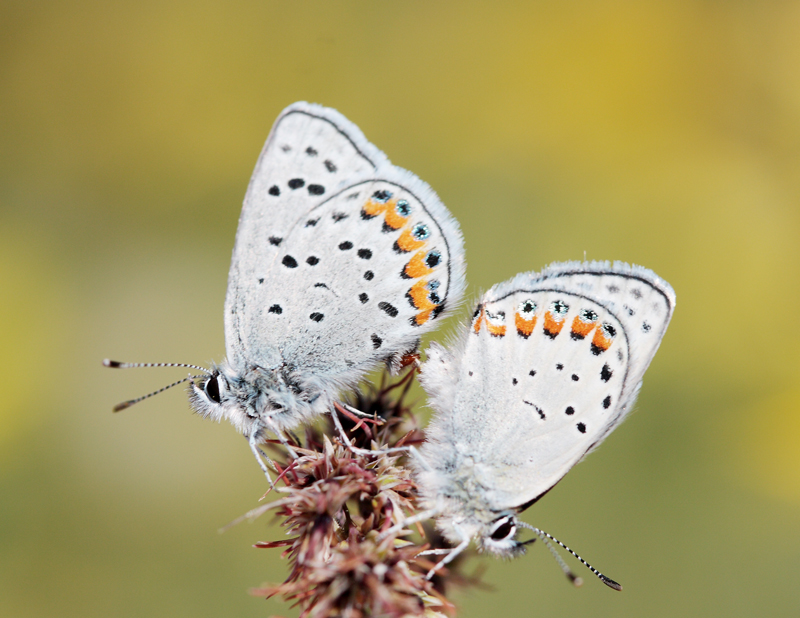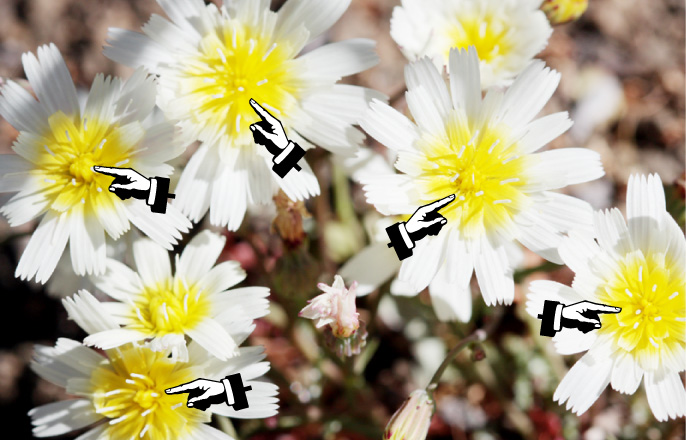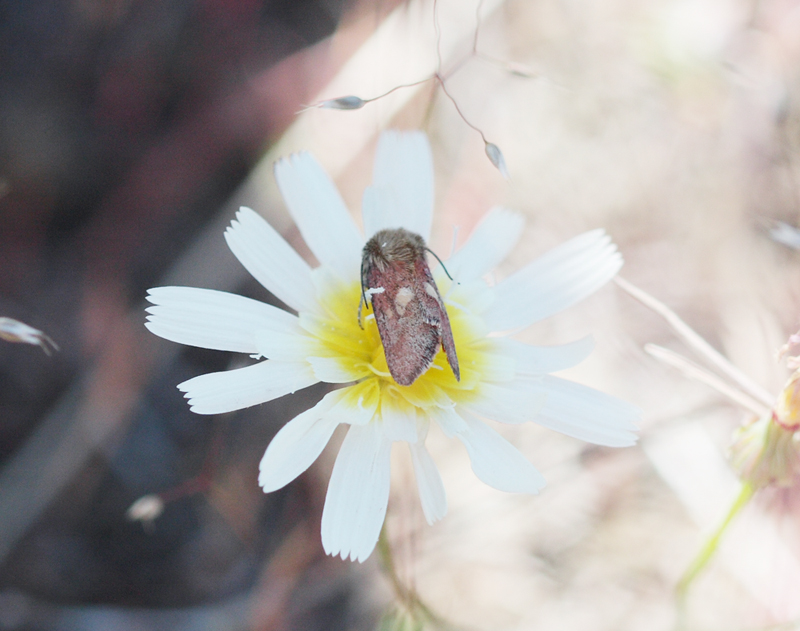ბოლო ოთხი შაბათ ახლა მე უკვე ბატი დევნა, ერთი moth, სწრაფი Heliolonche. ეს ლამაზი პატარა Noctuidae ერთად pinkish forewings და განსაცვიფრებელი ნარინჯისფერი წითელი hindwings. ეს არ არის ძალიან ხშირად გვხვდება და მხოლოდ ნაპოვნი გასწვრივ ჩრდილოეთ California მთათა კვების Malacothrix floccifera – CA ენდემური flower. ყოველ მოგზაურობა უკვე მიღებული Skunked, დღემდე – მე შეგროვებული ორი! როგორც თქვენ შეიძლება გავიხსენოთ ჩემი პირველი outing იყო დაახლოებით ერთი თვის წინ, არ moth, მაგრამ ლამაზი სერია ნიმუშები და ფოტოები Adela თვის. ბოლო რამდენიმე ვიზიტებს კი არ მოვა ახლოს მყოფი პროდუქტიული როგორც Adela ერთი. რა უნდა გავაკეთოთ, როდესაც არ მოძიებაში თქვენი სამიზნე? კიდევ მზე დამწვრობის და გარკვეული crummy ფოტო.
 დაიჭირეს წელს აქტის. მდაბიოს ACMO
დაიჭირეს წელს აქტის. მდაბიოს ACMO
(გაგრძელდა ქვემოთ)
Not quite a moth.
ONE MOTH!
ეს ჰ. სწრაფი is exhibiting typical flower moth behavior, sitting on the flower head plain as day. They actually stay like this all night on the flower (even if it closes up around them as some flowers do – which leads to them colloquially being known as “taco moths”… because the moth’s butt sticks up past the petals and looks like it’s in a taco). And this is exactly why I left my apartment at 6 am this morning to arrive by 8. If it is still cold out they don’t even twitch when you approach. და, if they aren’t flying, it’s easy to survey an area for moths and know that you haven’t missed any. მაგრამ, as soon as the sun warms them up, they become zippy bastards and vanish before you can even reach for the lens cap. This being the first moth I saw today I really didn’t make the effort to take a great image. Subjects have a nasty habit of flying away right after you get the good shot (well, usually right before the good shot)… and I couldn’t risk losing the only specimen of the day.




Where’s the “like” button? Great pics and good commentary.
“No moth, არ moth, no moth…”
Ha. I lol’d.
It is a pretty little thing…
A colorful, day-flying moth that sits prominently in the center of flowers – chemical defenses?
ეს კარგი კითხვაა, and it has crossed my mind before. There a lot of these small day flying flower moths that are clearly not cryptic yet I haven’t ever read about any chemical defenses or mimicry. I also don’t think of Malacothrix as a particularly noxious plant… will investigate.
კარგი, now I have to post the latest mystery moth pics I took a few days ago. (4/30) Pretty please if you have a moment, check it out and render your sage opinion. !
Ted’s question has nagged me this week. I’ve never heard of anyone studying this, მაგრამ… Has anyone seen these flower moths under UV? See a related flower species under UV here: http://www.naturfotograf.com/UV_SENE_AQU.html. Შესაძლოა, while sitting on the bulls-eye, these moths become “invisible” to predators who see UV, such a birds. The added bonus for the moths is this might increase their chances of finding a mate which is attracted to the UV bulls-eye.
You have to be right about that Katie, I’ve been thinking about this too. I can’t recall any literature in reference to adult insect UV crypsis. There is some work in regards to caterpillars… but I’ll have to do some more digging. Birds are probably not the primary predator on these moths since their acute vision makes them incredibly difficult to approach in the daytime. მაგრამ, most lizards see in UV and these flowers are just about at head level for most small reptiles (and there were a ton on site).
Sometimes, the light bulb just turns on.
So there is a monograph to this subfamily – and in there Hardwick (author) points out the counterintuitive crypsis of this moth! Instead of a good idea he postulates
ასე რომ,, he just assumes they are oddities because the flowers changed without them and they survived “possibly because of a decrease in predation pressure”.
Seems to me that UV crypsis is much more likely. და… I don’t believe that’s been shown in adult Lepidoptera. Add it to the list!
; ) Just make sure you credit me for this idea when you become the ruler of the universe, er… recognized expert on lepidopteran UV crypsis. I’m glad you looked it up. Please let me know if you find out any more info.